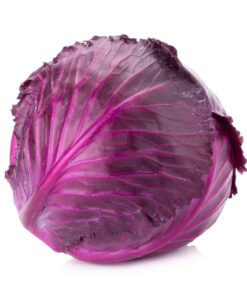-
×
Cabbage Red Seeds pack of 20 seeds
1 × ₹60.00
Subtotal: ₹60.00
 Cabbage Red Seeds pack of 20 seeds
Cabbage Red Seeds pack of 20 seeds
Subtotal: ₹60.00
 Cabbage Red Seeds pack of 20 seeds
Cabbage Red Seeds pack of 20 seeds
Subtotal: ₹60.00
₹99.00
Out of stock
Sunflower pastiche are annuals with showy, daisylike flower-heads that are usually 2-4 inches across Tall and course, the plants have creeping or tuberous roots and large, bristly leaves. Today, varieties have even been developed for small spaces and containers.
Sunflower pastiche Most sunflowers are remarkably tough and easy to grow as long as the soil is not waterlogged. Most are heat- and drought-tolerant. They make excellent cut flowers and many are attractive to bees and birds.
Smaller plants with big-time flower power. Striking compact, low-growing sunflower fills vase after beautiful vase with luminous, long-stemmed, brown-eyed, golden flowers. Heavy-branching, floriferous 20-30 tall plants will keep your home aglow with joyous blooms.
| Sunlight | Soil | Water | Temperature | Fertilizer |
|---|---|---|---|---|
| Full Sun, Part Sun | Find a well-drained location, and prepare your soil by digging an area of about 2-3 feet in circumference to a depth of about 2 feet. | regularly | soil temperature :55 to 60 degrees F | Make sure you have potassium and phosphorus in the soil. |
Water plants deeply but infrequently to encourage deep rooting. Feed plants only sparingly; over-fertilization can cause stems to break in the fall.
You must be logged in to post a review.
Summer Flower seeds
Summer Flower seeds
Summer Flower seeds
Summer Flower seeds
Celosia plumosa dwarf mix color pack of 40 seeds Open Pollinated
Summer Flower seeds
Gerbera Jamesonii California Giants mixed Color pack of 10 seeds Imported
1 review for Sunflower pastiche rare seeds pack of 10 seeds Imported